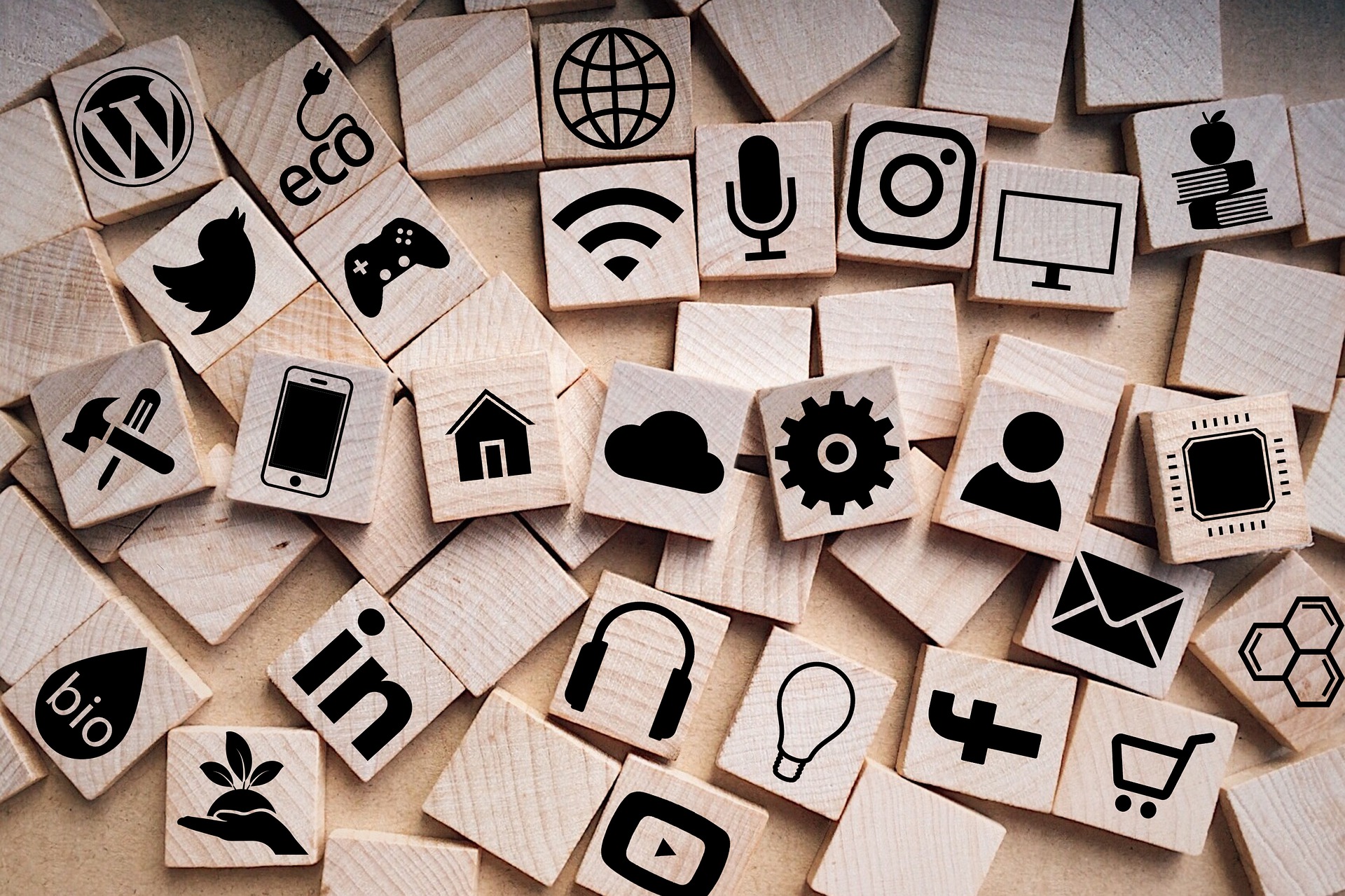4 Must-Try Gamified E-Learning Solutions

Most e-learning software is boring and doesn’t motivate your employees to learn. However, the gamification of learning is a new trend in the industry that has proven results on employee engagement. This article will explain why it works and how you can implement it into your company’s training strategy.
If you want to increase productivity at work, there are many ways to do so – but one of them is through gamified e-learning solutions. Gamified software help create an engaging learning environment for all employees by using game mechanics like points, badges, levels, or leaderboards. These elements make the experience more enjoyable while also increasing knowledge retention rates up to 40%.
Gamified e-learning solutions are not just for children. And if you’re aiming for a gamified solution while providing education at your workplace, the following software are the must-try!
1. Cluehub
Cluehub is gamification software you can incorporate in gamified e-learning without childish themes that some might find offputting and demeaning, but others would find appealing.
Cluehub offers a mixture of videos and text with puzzles in which you’ll be tasked with answering questions to gain pieces of information. And don’t worry if you’re stumped because ClueHub will helpfully provide more hints along the way until you solve the puzzle.
Gamifying your learning experience can help engage learners, especially those easily distracted by things outside their sphere.

2. Duolingo
Duolingo is a free app that teaches languages for your phone. There are many languages to learn: Spanish, French, German, Chinese, Japanese, Korean, Italian, Portuguese and Dutch. Lots of Americans use Duolingo to learn a language when they can’t go to school.
Duolingo is proud of how they make language learning fun and easy. They do this by giving you grades and giving you “streaks” and “hearts.”
3. Blinkist
Blinkist is a way to learn new things when you are in a hurry, like if you are busy with work. There are over 2,000 books that Blinkist has summarised for people who don’t have time to read the whole thing.
Blinkist does not use many fancy things. Instead, it focuses on making people feel very smart and successful. Blinkist is very good at using core drives (CD2) to help people read more, learn more, and become more competent.
4. Udemy
On Udemy, a lot of people can upload courses. Anyone from anywhere in the world can learn anything, like coding, languages or fashion. There are even parenting courses.
Anyone who wants to teach a class can make it on Udemy. You can choose any topic and use your video editing skills to make the system stand out.
The benefits of gamification in the workplace
Throughout gamification, it has been shown that this technique offers four primary benefits to a workplace. These include:
- changes in what psychologists call intrinsic motivations (emotions and feelings associated with an activity),
- extrinsic motivations (incentives like rewards or punishments, and
- people’s response to them), as well as
- emotional reactions to certain circumstances and interactions with the environment, other people, or products.
Research suggests that these tools borrowed from video games often offer multiple levels of feedback to stimulate interest in otherwise mundane tasks by making interaction more meaningful. The ability for employees at all levels to create their own goals, rather than following preset ones based on financial guidelines, also encourages them to work harder, which will ultimately result in better work performance.

How can you create a gamified environment at work?
A gamified solution is a solution that incorporates elements from gaming and adaptive computing to generate challenges, quests, items, levels, points and other virtual constructs into applications. It gets people engaged in tasks.
A downside of gamification is that it can also cause distractions by reducing productivity due to training times or reloading a game after every task is completed. Users are also more likely to take more considerable risks within the system because there are no real stakes at play (compared with games where you lose progress if you fail).
It may sound cliché, but the best way to create a gamified environment at work is by fostering a sense of community. It’s essential for everyone to feel like they’re an integral part of their team and that they have one another’s backs through thick and thin.

Start planning social activities that will help your employees bond with each other outside of work – plan happy hours or game nights with coworkers, for example. You can also design more specific events like book club meetings or blind how-to opinion put her party where people discuss something they are passionate about, sharing ideas and learning from each other.
Another option is by including gamification software as a virtual ice breaker or part of the team building where everyone can actively participate.
Why is visual and audio feedback vital in designing gamified training courses?
Visual and audio feedback is vital in designing gamified training courses, as it provides users with a more engaging experience.
Users can feel engaged by the sense of progress while completing tasks and seeing their improvements displayed on the screen. Furthermore, sound effects can be used to create various atmospheres and environments for users to work in—assisting them in feeling more immersed within the session.
Lastly, sound effects or music are often used to signify something happening throughout the course, such as reaching levels on a points system. It increases engagement by creating an entertaining atmosphere and preventing things from becoming too repetitive or mundane, leading to disengagement over time.

The future of gamified markets will be huge, with AR and VR playing significant roles as space matures. Gartner predicts that worldwide spending on augmented reality (AR) alone will increase from $1 billion this year to over $90 billion by 2024. Driven by increasingly sophisticated intelligent glasses, it becomes more affordable with watches and virtual reality headsets for gaming, which grows significantly with an annual growth rate of 20% and 22%.
What type of games should use your learners for their needs?
You could ask bosses and employees what games created the most moments of fun. However, there is a greater chance they’ll select for games that have some sort of competitive advantage in them, which is not always desired in a work environment.
Consider gamifying exercises to develop skills such as communication or teamwork skills by adding competition in small bursts rather than extended periods and bearing it fun for all parties involved.
Different games could be used in gamified training in the workplace depending on the learning objective, from educational games for kids to more intense strategy-based war games for adults.
The only downside to gamifying business meetings is that you may lose some employees because they find them too stressful or overwhelming! In other words, not all corporations have an easy time changing their culture out of fear of losing valued employees who don’t create enough value.
Although gamified training will be more fun and engaging for employees, it is not the only way to design an effective corporate training program. SMART Goals can also help trainees learn content more effectively. Keep in mind that creativity should still be the focus when creating a training program. Gamification is just one of the many options out there.
How to ensure trainees’ enthusiasm when participating in the game, rather than forcing them?
Ensure that participants can view and update their information by breaking the model down to input data for themselves. Giving them access to data will increase engagement and make it easier for you to customize the training experience to suit your trainees.
A gamified training model can be developed without using any plugins but involves three main components: self-conceptualization, goal comprehension, feedback system updates. A more hands-on approach involving gamification at a human scale is needed while including hypermedia as an additional component.
Looking for ways to gamify corporate training? Schedule a demo play today with our gamification specialist.
Learn How Use Gamification in Virtual Events and Trainings
Gamification Use Cases: How to Gamify Corporate Training
Gamification is one of the most potent ways to engage learners. It’s an excellent way for your employees to learn and apply their knowledge in real-world situations. However, it can be hard to get started with gamification because there are many different tools out...
Online Escape Games: An Exciting Virtual Event Add-on or a Good Marketing Study Tool?
Face-to-face events are all fun and memories until the pandemic came. It took away the most exciting parts in every socio-business gathering which are meeting new friends, onboarding fresh investors, and gaining valuable insights that help you improve your business...
Game-based Learning Solutions: Will it Bring Study-Game Balance to Students?
Games pique the interest of many students, especially if it's visually appealing, tasks are challenging, and is not too academic. However, too much of it prevents the students from achieving certain learning outcomes, which forfeits the core objective of gamifying...



